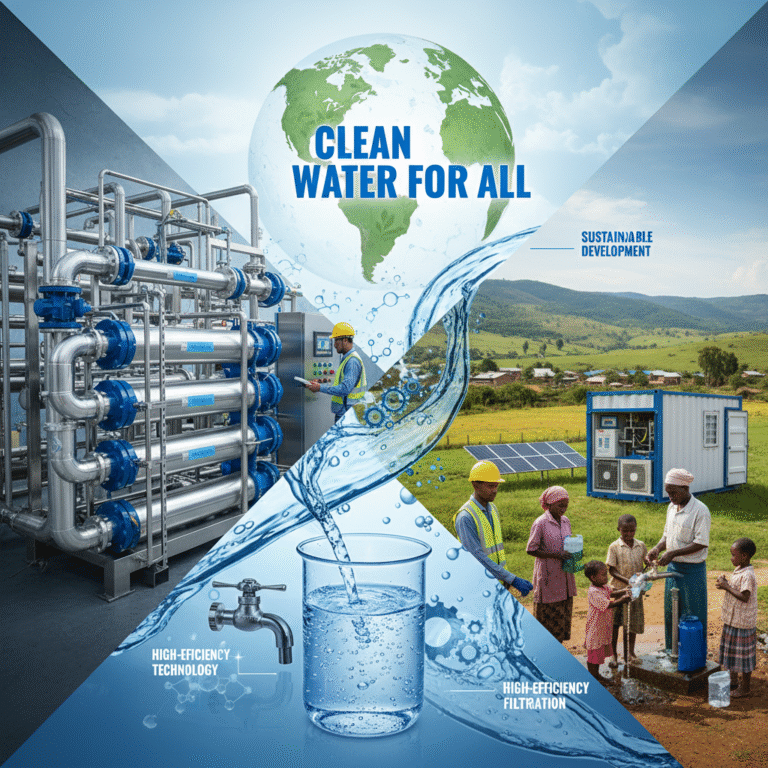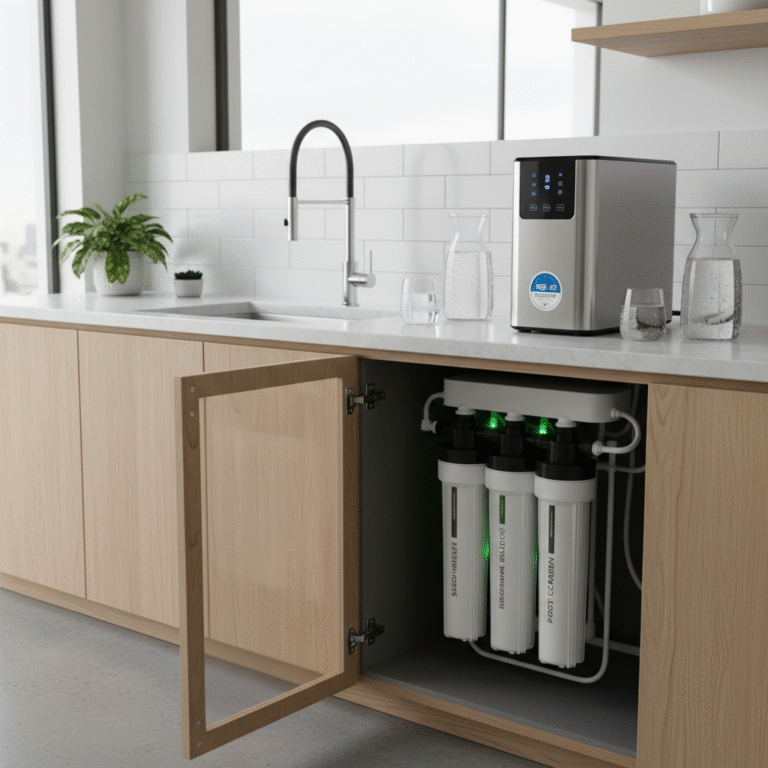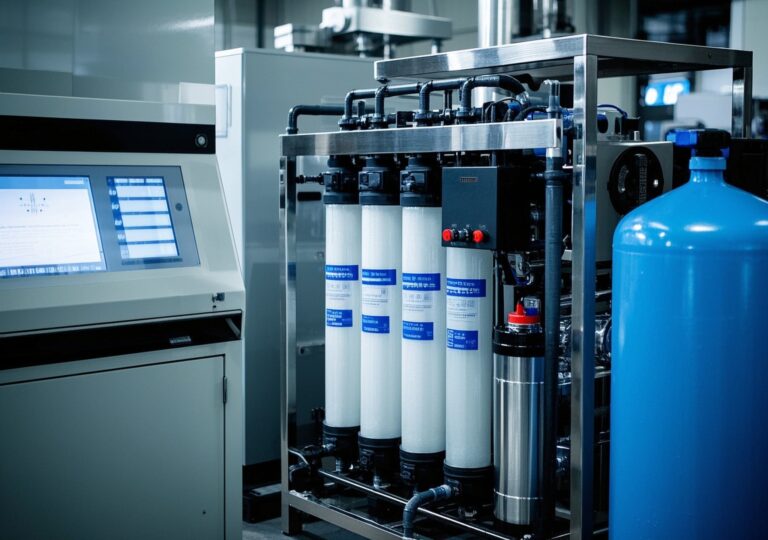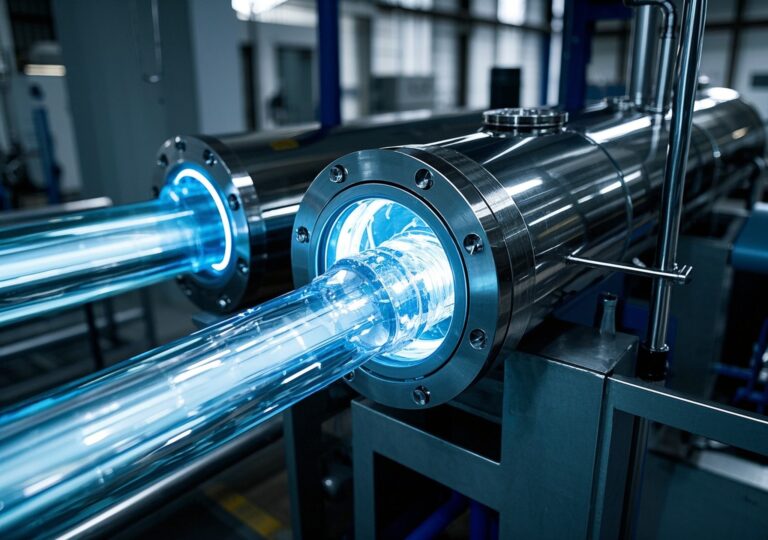Keen on Innovation: Countertop Reverse Osmosis Water System Trends Explored
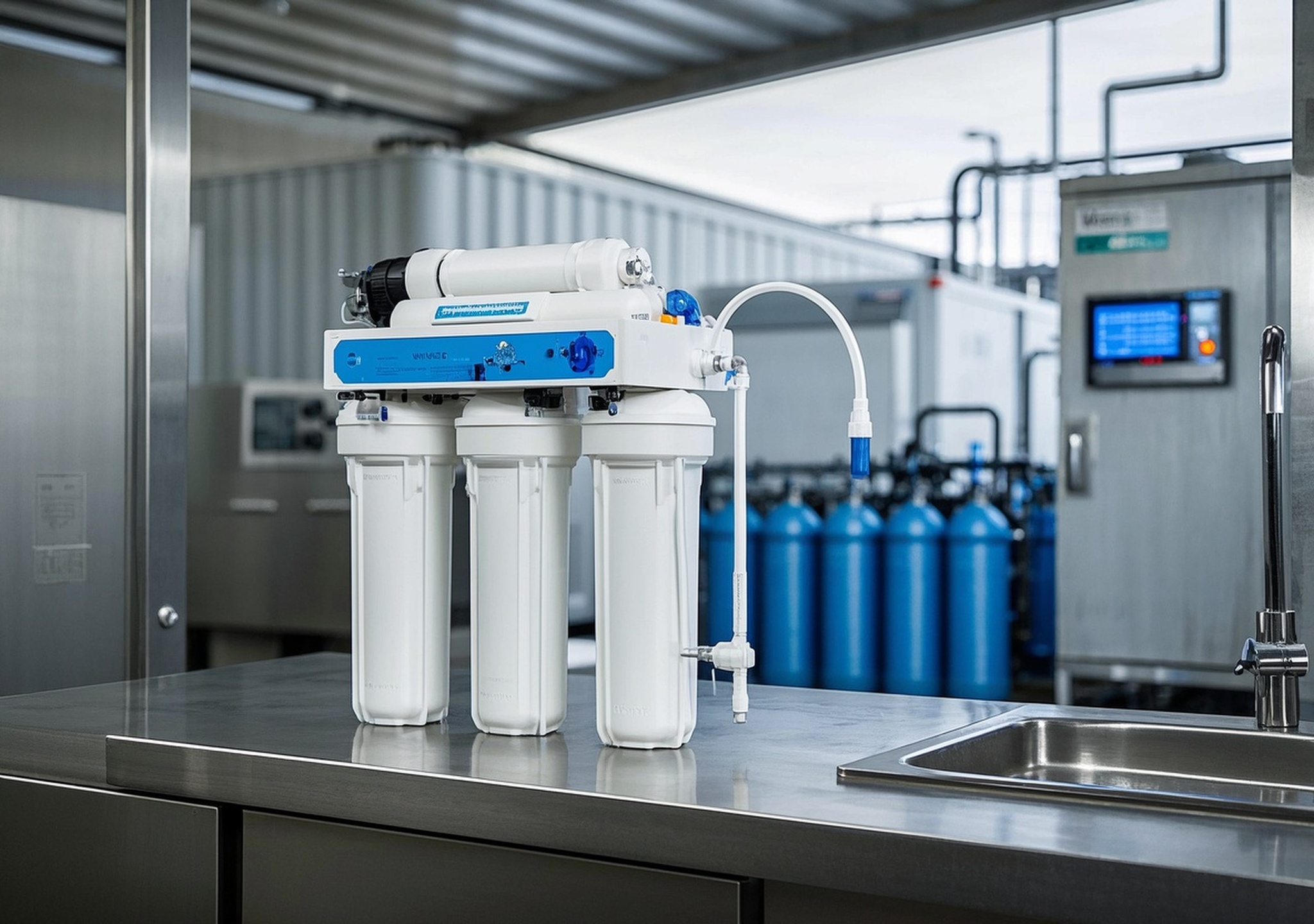
Keen on Innovation: Countertop Reverse Osmosis Water System Trends Explored
In the rapidly evolving field of industrial and commercial water treatment, countertop reverse osmosis water system technology plays a significant role. These systems provide efficient, reliable water purification solutions crucial for diverse applications—from small-scale commercial kitchens to large industrial plants. This article delves into the core technologies of water treatment systems, showcasing multiple equipment categories designed to meet varying scale and purity requirements.
Core Technologies and Equipment Modules
Reverse Osmosis (RO) Membrane Systems
The heart of any advanced water treatment solution is the RO membrane system. These membranes use semi-permeable materials to filter out dissolved salts, heavy metals, microorganisms, and other contaminants effectively. Technically, RO membranes operate under pressures ranging from 150 to 600 psi, depending on feed water quality and system scale.
Depending on application, systems are categorized into:
- Small-scale countertop units: Typically delivering 50 to 150 gallons per day (GPD), designed for ease of installation in commercial kitchens, laboratories, or retail operations requiring high-quality water on a compact footprint.
- Mid-range systems: Capacities ranging between 500 to 5,000 GPD, used in small manufacturing plants, restaurants, or office buildings.
- Large-scale industrial units: Designed for up to 100,000+ GPD, these systems feed industrial processes, wastewater recycling, or municipal applications.
The membranes’ longevity and efficiency depend on feed water pre-treatment and ongoing maintenance, ensuring consistent permeate quality often achieving 95-99% salt rejection.
Filtration and Water Softening Systems
Pre-treatment equipment typically complements RO membranes to improve performance and lifespan. Multi-stage filtration includes:
- Activated carbon filters: Remove chlorine, chloramines, and organic chemicals that can damage RO membranes.
- Sediment filters: Trap suspended solids and particulates.
- Water softeners: Ion exchange units reduce hardness ions like calcium and magnesium, preventing scale build-up within membranes and piping.
These systems are engineered in multiple capacity tiers, mirroring RO system scales, and tailored based on feed water analysis. For instance, industrial water softeners can treat flows exceeding 50,000 GPD with robust resin beds, while smaller units serve countertop applications compactly.
Containerized Water Treatment Systems
To meet industrial demands with modularity and mobility, containerized systems have gained popularity. These solutions integrate RO membranes, filtration, and other treatment modules in ISO-standard shipping containers, offering plug-and-play capabilities.
Key advantages include rapid deployment, scalability, and ease of transport to remote sites—ideal for disaster relief, offshore platforms, and military operations. Capacities range broadly, commonly from 5,000 up to 50,000 GPD or more, depending on configuration.
Cleaning and Disinfection Technologies
Maintaining water treatment systems’ hygiene is essential. Advanced units incorporate:
- Ultraviolet (UV) sterilization: Effective against bacteria, viruses, and protozoa without chemical additives.
- CIP (Clean-In-Place) routines: Automated cleaning cycles reduce manual intervention, preserving membrane integrity.
- Ozone or chemical dosing systems: For enhanced biofouling control and extended operational lifespan.
For commercial and industrial applications, these supplementary systems help ensure product water meets or exceeds regulatory standards consistently.
Technology Leadership and Quality Assurance
Manufacturers specializing in water treatment solutions often combine decades of expertise with rigorous quality control protocols. From selecting high-permeability membranes to validating multi-stage filtration components, these companies invest heavily in R&D and certifications (such as NSF/ANSI standards) to guarantee product reliability.
Their strength lies in the ability to offer modular product lines and customized configurations, adapting to diverse feed water qualities and output demands. For example, leveraging advanced membrane polymers and digitally controlled operation panels delivers operational savings and precision.
Application Scenarios in Industrial and Commercial Domains
Industrial water equipment incorporating countertop reverse osmosis water system technology spans across multiple sectors:
- Seawater desalination: Prefiltration and RO desalination convert seawater for industrial cooling or municipal use, with scalable plants from portable 5,000 GPD units to multi-megawatt facilities.
- Portable drinking water purification: In humanitarian relief or outdoor commercial sites, compact countertop and containerized RO systems ensure safe drinking water instantly.
- Special environments such as space missions: Advanced RO systems recycle wastewater and reclaim potable water onboard spacecraft, highlighting technology maturity and reliability.
- Food and beverage industry: Ensuring consistent high-purity water reduces off-flavors, scales, and microbial risks in manufacturing.
Personal Insights from Industry Experience
In my engagement with multiple commercial kitchen installations, deploying countertop RO units brought marked improvements. One project at a boutique café chain reduced bottled water purchases by 75%, cutting supply chain costs and environmental impact. These units served up to 120 GPD with minimal installation footprint and simple maintenance protocols.
From an industrial perspective, on-site pilot testing demonstrated that integrating a multi-stage filtration with a mid-size RO unit (around 2,000 GPD) in a textile factory improved product consistency by 30% and reduced scale-related downtime by 40%. This reinforces the critical nature of pretreatment coupled with RO membranes.
Moreover, containerized water treatment units deployed at remote mining sites provided reliable potable water to over 150 personnel while minimizing water truck logistics, showcasing operational efficiency gains.
Conclusion
The Technological advancements and diversified product ranges in countertop reverse osmosis water system technology underscore its vital role in industrial and commercial water treatment. From compact countertop devices to large containerized plants, businesses can harness these solutions to optimize water quality, reduce operational costs, and comply with stringent safety standards.
By combining authoritative data insights with field-proven deployments, stakeholders gain confidence in investing in tailored water purification systems that match their unique requirements.
References
- According to a comprehensive industry review published by Water Technology Today, performance optimization in RO systems is highly reliant on pretreatment quality and membrane innovation.
- Data from the International Water Association emphasizes the growing deployment of containerized water treatment systems in remote and emergency scenarios.

